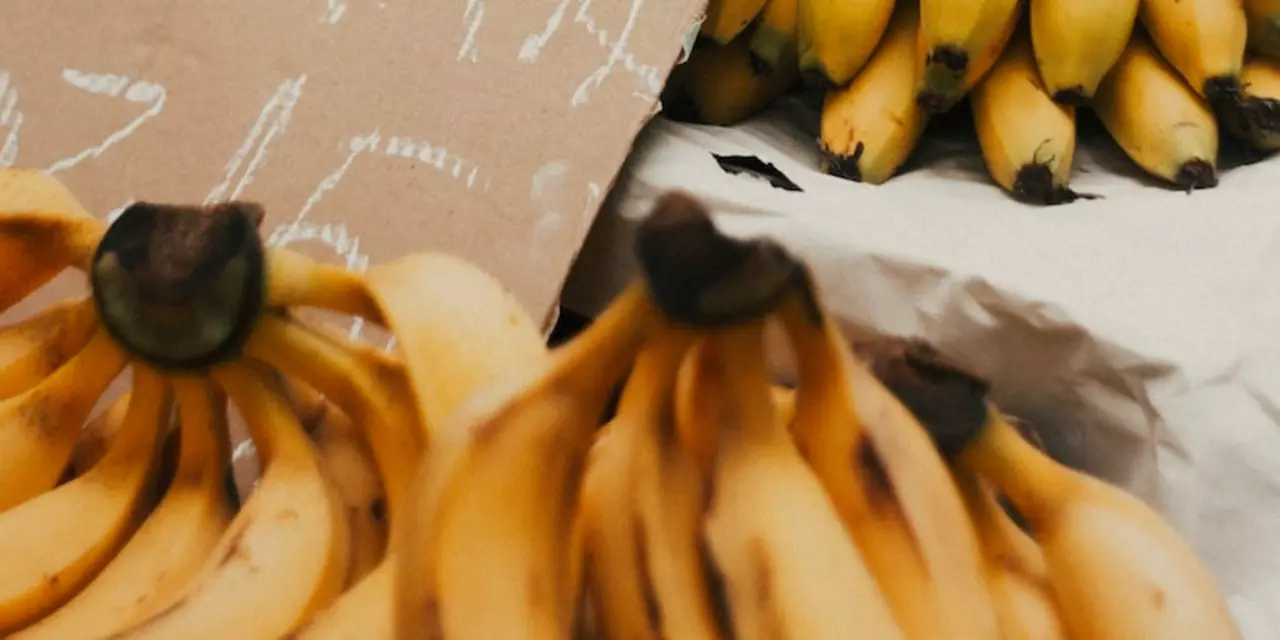When it comes to cooking ground beef, one of the most common issues that arises is the release of an excessive amount of liquid, leading to a messier dish. But why does ground beef release so much liquid? Let’s take a look at the science behind why ground beef releases so much juice while cooking.
Ground beef is composed of approximately 70% water, 20% protein, and 10% fat. When the ground beef is heated, the proteins in the beef cause the fat and water to separate and the liquid to be released. The proteins act as a sort of sponge, absorbing the fat and water and then releasing it during the cooking process. This is why ground beef releases so much liquid when it is cooked.
The amount of liquid that is released from ground beef can be reduced by using certain cooking techniques. For example, cooking the ground beef over higher heat and for a shorter amount of time can cause less liquid to be released. Additionally, draining the liquid from the cooked ground beef before adding additional ingredients to the dish can also reduce the amount of liquid released during cooking. Finally, pre-cooking the ground beef and draining the liquid before adding it to the dish can also reduce the amount of liquid released.
By understanding the science behind why ground beef releases so much liquid, we can take steps to reduce the amount of liquid released while cooking. This can help us to create a tastier and less messy dish in the end.
Have you ever noticed that when you cook ground beef, it releases a lot of juice? It's not something you may think about often, but this phenomenon actually has a scientific explanation. Let's take a closer look at the chemistry of ground beef and why it releases so much juice when cooking.
What's in Ground Beef?
Ground beef is made up of several components. Most ground beef contains muscle tissue, fat, connective tissue, and water. The muscle tissue is composed of proteins such as collagen and myosin. The fat and connective tissue contain lipids and proteins, respectively. And the water makes up the majority of the ground beef.
What Happens When We Cook Ground Beef?
When we cook ground beef, the heat breaks down the proteins, lipids, and connective tissues. This causes the proteins to uncoil and the lipids to break apart, releasing the water and other components of the ground beef. As the proteins and lipids break down, they create a juicy liquid that's released from the ground beef.
Why Does Ground Beef Release So Much Juice?
Ground beef releases so much juice when cooking because of its high water content. As the proteins and lipids break down, they release the water that was originally bound up in the ground beef. This results in a large amount of liquid being released from the ground beef.
Conclusion
Ground beef releases a lot of juice when cooking because of its high water content. The heat breaks down the proteins and lipids, releasing the water and creating a juicy liquid. Understanding the chemistry of ground beef can help us understand why it releases so much juice when cooking.
Examining the Characteristics of Ground Beef That Contribute to Its High Juiciness When Cooking
Ground beef tends to release a lot of juice while cooking, and this can be a bit of a surprise to those who are new to cooking with it. But why does this happen? It all comes down to the characteristics of ground beef that contribute to its high juiciness when cooking.High Fat Content
The first factor is the high fat content of ground beef. This fat content is what gives the beef its flavor and juiciness when cooked. As the beef cooks, the fat melts and releases the juices, which is why ground beef releases so much juice when cooking.High Water Content
Ground beef also has a high water content. This water content helps to keep the beef moist and juicy when cooked. As the beef cooks, the water evaporates and helps to release the juices.High Protein Content
Ground beef also has a high protein content, which helps to keep the beef tender. As the beef cooks, the proteins break down, releasing even more juices.Conclusion
In conclusion, the combination of high fat, high water, and high protein content in ground beef all contribute to its high juiciness when cooked. This is why ground beef releases so much juice when cooking. So the next time you cook ground beef, don't be surprised if it releases a lot of juice!Ground beef is one of the most popular proteins to cook with, but many people find themselves stumped when it comes to the large amount of liquid that seems to accumulate while cooking. It's no mystery why this happens; it's just science! In this blog, we'll be taking a deeper look into why ground beef releases so much liquid while cooking and why this is actually beneficial to the cooking process.
The Science Behind the Juices
One of the key reasons why ground beef releases so much liquid while cooking is due to the high levels of fat present in the beef. As the beef cooks, the fat melts and breaks down, releasing a liquid known as “beef juice”. This liquid is mostly composed of water and other proteins, plus some of the fat that has melted off the beef. The fat itself is composed of long-chain fatty acids, which break down into smaller molecules when exposed to heat. As the fat molecules break down, they release liquid, which is why your ground beef seems to be swimming in juice by the time it’s finished cooking.
The Benefits of Juices
Despite the seemingly large amount of liquid released by ground beef while cooking, it’s actually beneficial to the cooking process. The liquid released by the fat helps to keep the beef moist and tender while cooking, preventing it from drying out or becoming tough. The liquid also helps to carry the flavors of your seasonings and other ingredients into the beef, which enhances the flavor of the final dish. Plus, the liquid released by the fat can be used to create a flavorful sauce or gravy to serve with the beef.
Conclusion
Ground beef releases a large amount of liquid while cooking due to the high levels of fat present in the beef. This liquid, known as “beef juice”, is mostly composed of water and other proteins, plus some of the fat that has melted off the beef. While the amount of liquid released may seem excessive, it is actually beneficial to the cooking process as it helps to keep the beef moist and tender, and it can also be used to create a flavorful sauce or gravy to serve with the beef. So next time you’re cooking ground beef, embrace the juices – they’re a key part of the cooking process!




